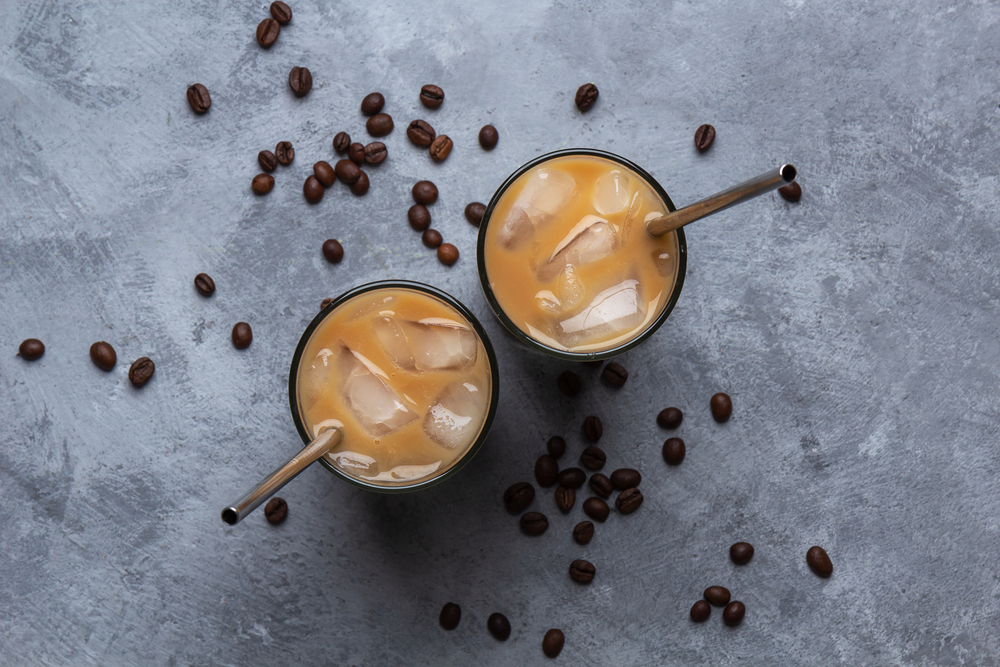As a breastfeeding mother, you may have questions about what you can and cannot consume while providing nourishment for your baby. Coffee and caffeinated beverages, such as lattes, often come up in these discussions. In this article, we will explore the topic of drinking lattes while breastfeeding and provide you with important information and considerations to keep in mind.
1. Caffeine and Breast Milk
Caffeine is a stimulant that can pass into breast milk. When you consume caffeinated beverages like lattes, a portion of the caffeine can enter your breast milk and be ingested by your baby. Although small amounts of caffeine are generally considered safe, excessive consumption can have an impact on your baby’s sleep patterns, irritability, and digestion.
2. Safe Levels of Caffeine
The general recommendation for breastfeeding mothers is to limit caffeine intake to no more than 200 milligrams per day, which is roughly equivalent to one 12-ounce cup of brewed coffee. It’s important to note that caffeine content can vary depending on factors such as the type of coffee beans, brewing method, and serving size. For lattes, the caffeine content can vary based on the number of espresso shots used and the size of the drink.
To stay within the recommended limits, you may choose to opt for a smaller size or request fewer shots of espresso when ordering your latte. Additionally, be mindful of other sources of caffeine in your diet, such as chocolate or tea, as these can contribute to your overall caffeine intake.
3. Observe Your Baby’s Reactions
Every baby is different, and some may be more sensitive to caffeine than others. It’s essential to pay attention to your baby’s behavior and reactions after you consume a latte or any caffeinated beverage. If you notice signs of restlessness, increased fussiness, or difficulty sleeping, it may be an indication that your baby is sensitive to the caffeine in your breast milk. In such cases, you might consider reducing your caffeine intake further or eliminating it altogether.
4. Timing Your Latte
The timing of consuming a latte can also play a role in minimizing the potential impact on your baby. Caffeine levels in breast milk peak about one to two hours after consumption and can take up to six hours to be fully eliminated from your system. To reduce the amount of caffeine in your breast milk, you can try timing your latte consumption to align with your baby’s longer sleep periods or when you have a longer stretch between nursing sessions.
5. Alternatives to Caffeinated Lattes
If you are concerned about caffeine or its impact on your baby, you may explore alternatives to caffeinated lattes. Many coffee shops offer decaffeinated versions of their lattes, which can provide a similar taste and experience without the caffeine content. Herbal teas, such as chamomile or rooibos, can also be enjoyable options that are naturally caffeine-free.
Expert Tip: It’s always a good idea to consult with your healthcare provider or a lactation consultant for personalized advice regarding caffeine consumption and breastfeeding. They can provide guidance based on your specific circumstances and your baby’s needs.
Conclusion
While it is generally safe to enjoy a latte while breastfeeding, it’s important to be mindful of your caffeine intake and observe how it may affect your baby. Staying within the recommended caffeine limits, monitoring your baby’s reactions, and timing your latte consumption can help minimize any potential impacts. Remember, every baby is different, and what works for one may not work for another. By being aware and responsive to your baby’s cues, you can make informed choices that support both your enjoyment of a latte and your breastfeeding journey.



